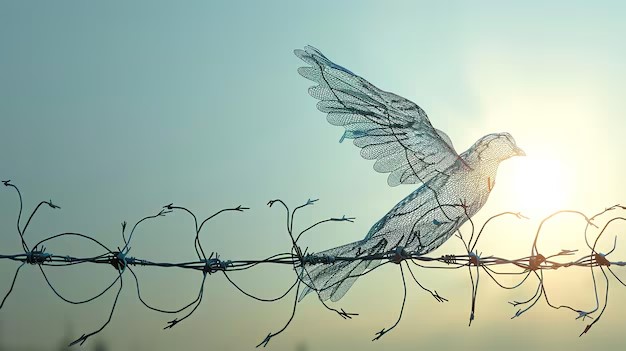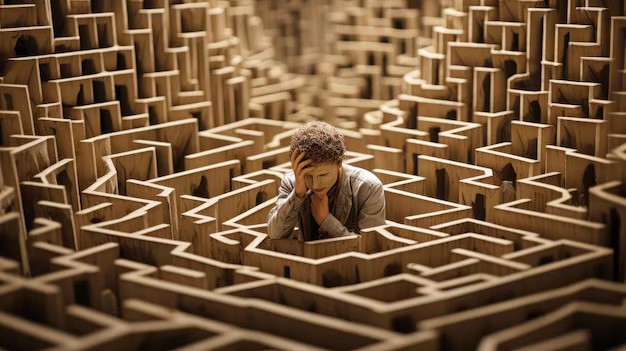Today’s quote is a wisdom from the Native Americans: “Never despair. Days pass like autumn leaves flying in the wind, and the days return with a clear sky and the splendor of the forests. Every seed is awakened anew, and so life unfolds.”
This is a beautiful and uplifting message. It’s easy to say “never despair,” but when fears and doubts rush in like a hungry wolf, it can feel overwhelming. Yet, this quote reminds us to stay grounded, to reflect on our strengths, and to trust in our resilience.
We can do this by recalling moments of success, joy, self-acceptance, and self-love. The moments of fear and doubt will pass, just like the autumn leaves swept away by the wind. There will come a time when those anxieties and uncertainties fade. Each day can unfold differently if we let go of the clouds from yesterday and consciously choose not to cling to them. By opening our eyes to the wonders around us, no matter how small—like a ladybug on the window or a vibrant red leaf—we invite positivity into our lives.
Every day presents us with a fresh opportunity to start anew, to make courageous choices, and to embrace new beginnings. Just as the quote suggests, each day holds the potential for something to end, like the falling leaves, but it also holds the promise for new growth and blossoming. Perhaps a seed that has long been dormant can finally break through to the surface.
Let’s focus on the positive. When has something wonderful happened to you out of nowhere? For me, it was the pregnancy with my first child. I had almost given up hope and was saving for a dog instead. Then, quite unexpectedly, I found out I was pregnant, as if from “nothing.” This marked the beginning of a new chapter in my life, one that arrived so suddenly. (And yes, I eventually got a dog too!)
Let us embrace the unexpected joys that life brings, knowing that each day is a chance for renewal and growth.









